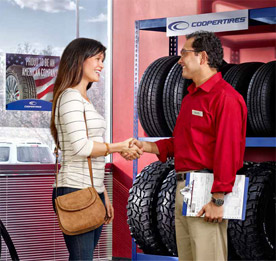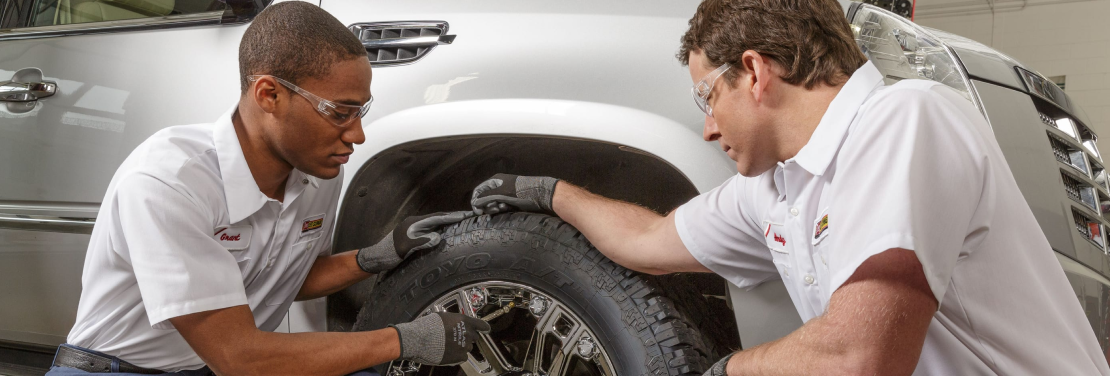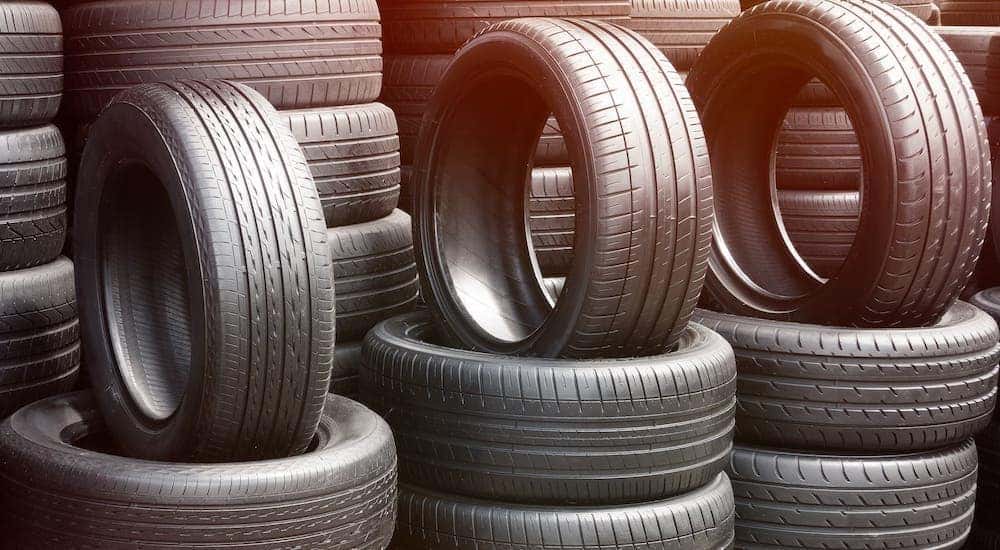Trusted Tire Shop Morris: Comprehensive Tire Solutions and Exceptional Service
Trusted Tire Shop Morris: Comprehensive Tire Solutions and Exceptional Service
Blog Article
Tire Solution: The Effect of Climate Condition
When it comes to guaranteeing optimum performance and safety on the roadway, understanding the effect of weather conditions on tire service is important. In this conversation, we will certainly explore the complex relationship in between weather problems and tire solution, dropping light on the importance of weather-specific tire maintenance practices and factors to consider.
Warmth and Tire Efficiency
When revealed to high temperature levels, tires experience changes in performance that can substantially influence automobile security and handling. The heat created from long term driving or warm climate conditions triggers the tire rubber to soften, resulting in reduced step life and boosted wear. As the rubber comes to be softer, the tire's grip when traveling lessens, influencing stopping distances and total traction. In extreme situations, excessive warmth can even trigger tire blowouts, presenting a serious safety danger to the automobile and its passengers.
Furthermore, high temperatures can accelerate the procedure of tire aging, causing the rubber to wear away extra rapidly. To mitigate the results of warm on tire efficiency, chauffeurs must consistently examine their tire stress, turn tires to make sure also put on, and check for any type of indicators of damages.
Cold Climate Results
Cold weather conditions can have a significant effect on tire efficiency and security. As temperatures decline, tire rubber can set, leading to reduced traction on icy or snow-covered roads. In winter, tires might likewise lose atmospheric pressure extra swiftly, which can affect handling and gas efficiency. Additionally, cold temperature levels can trigger tire sidewalls to stiffen, raising the risk of damage from holes or various other roadway threats.
To minimize the results of winter on tires, it is essential to regularly examine tire stress and inflate them to the manufacturer's suggested degrees. Making use of winter season or all-season tires created for cool climate problems can also enhance grip and hold on icy or snowy roads - morris tire and alignment. Correct tire maintenance, consisting of routine evaluations for wear and damages, ends up being even a lot more crucial throughout cooler months to guarantee ideal performance and safety and security
Rainy Issues Influence
Throughout rainy problems, tire performance and safety can be dramatically affected by the damp roadway surfaces and decreased visibility. The tread pattern of tires plays a critical duty in preserving traction on damp roadways. Tires with damaged treads are much more prone to hydroplaning, where a layer of water accumulates in between the road and the tire surface, resulting in loss of traction. To combat this, drivers should on a regular basis inspect their tires for appropriate tread depth and consider buying tires especially created for wet problems.

Snow and Tire Safety And Security
When driving in check that snowy conditions, having the right tires can make a significant distinction in security and performance. Winter months tires are designed with unique rubber substances and step patterns to provide better traction on snow and ice contrasted to all-season tires.
Along with making use of wintertime tires, it is essential to ensure they are effectively blown up. Cold climate can cause tire stress to drop, affecting grip and handling (mopar tire service specials). Frequently checking and keeping the proper tire stress is essential for ideal performance in snowy conditions

Weather-Related Tire Upkeep
Weather-related tire maintenance includes a variety of practices aimed at ensuring optimal tire feature and long life in various climate circumstances. One vital element of weather-related tire maintenance is tire stress policy. Evaluating tire step frequently and visit site replacing tires when step wear gets to a certain deepness is vital for preserving grip and stability in damaging weather.
Final Thought
In final thought, weather condition conditions have a substantial influence on tire performance and safety (morris tire and alignment). From heat influencing tire stress and wear to cold climate minimizing grip, it is vital to consider the climate when preserving and making use of tires.
In this discussion, we will certainly explore the complex relationship between climate conditions and tire service, losing light on the importance of weather-specific tire upkeep practices and considerations.

Report this page